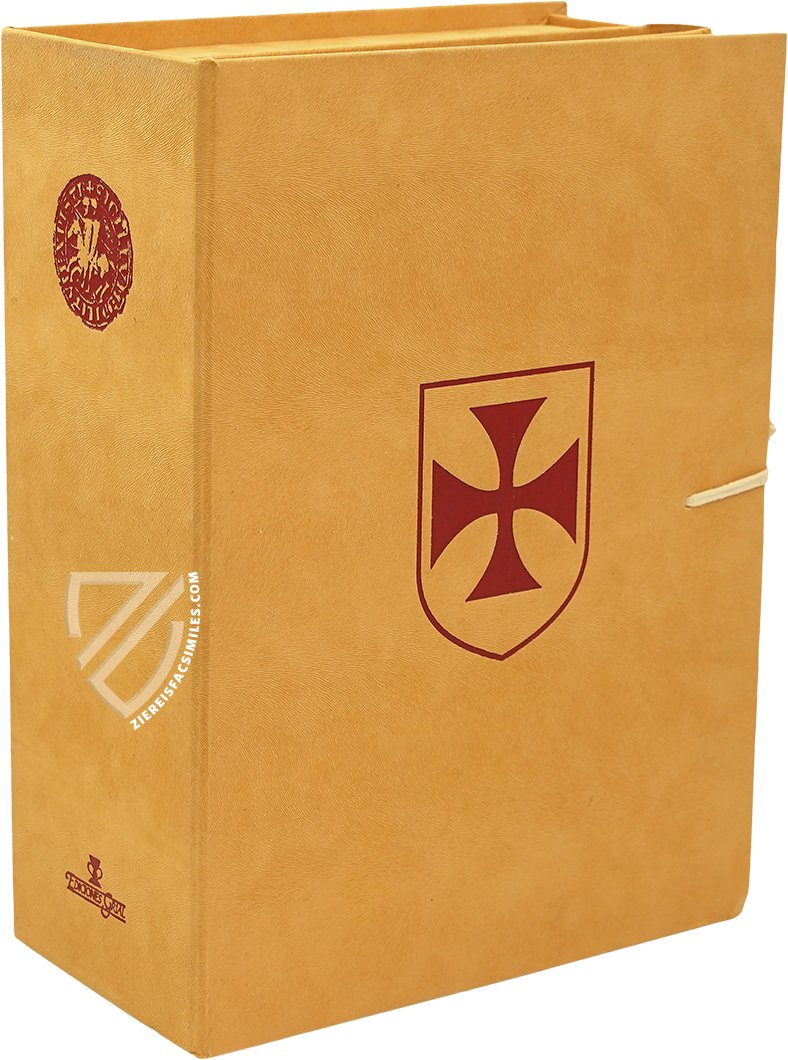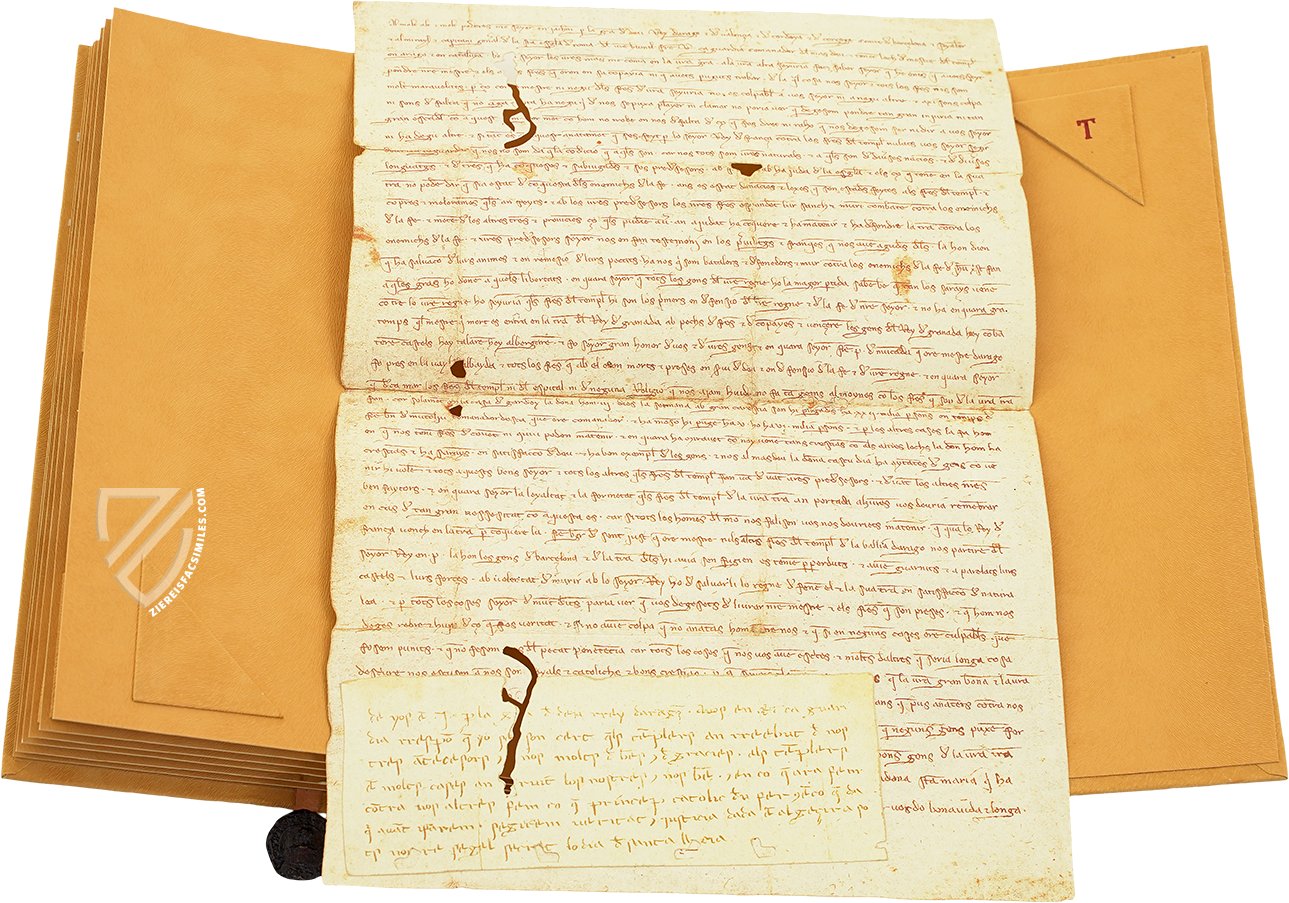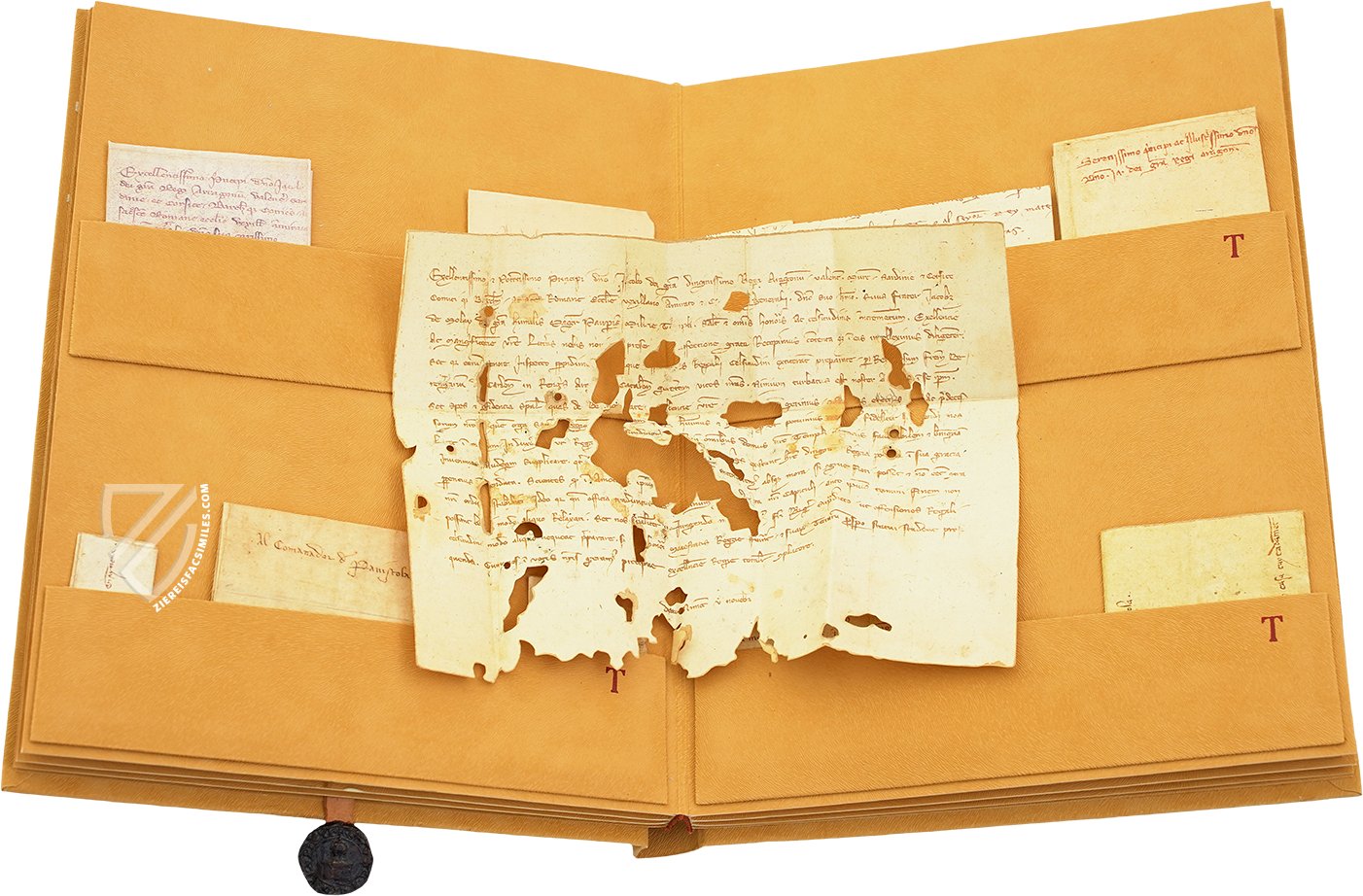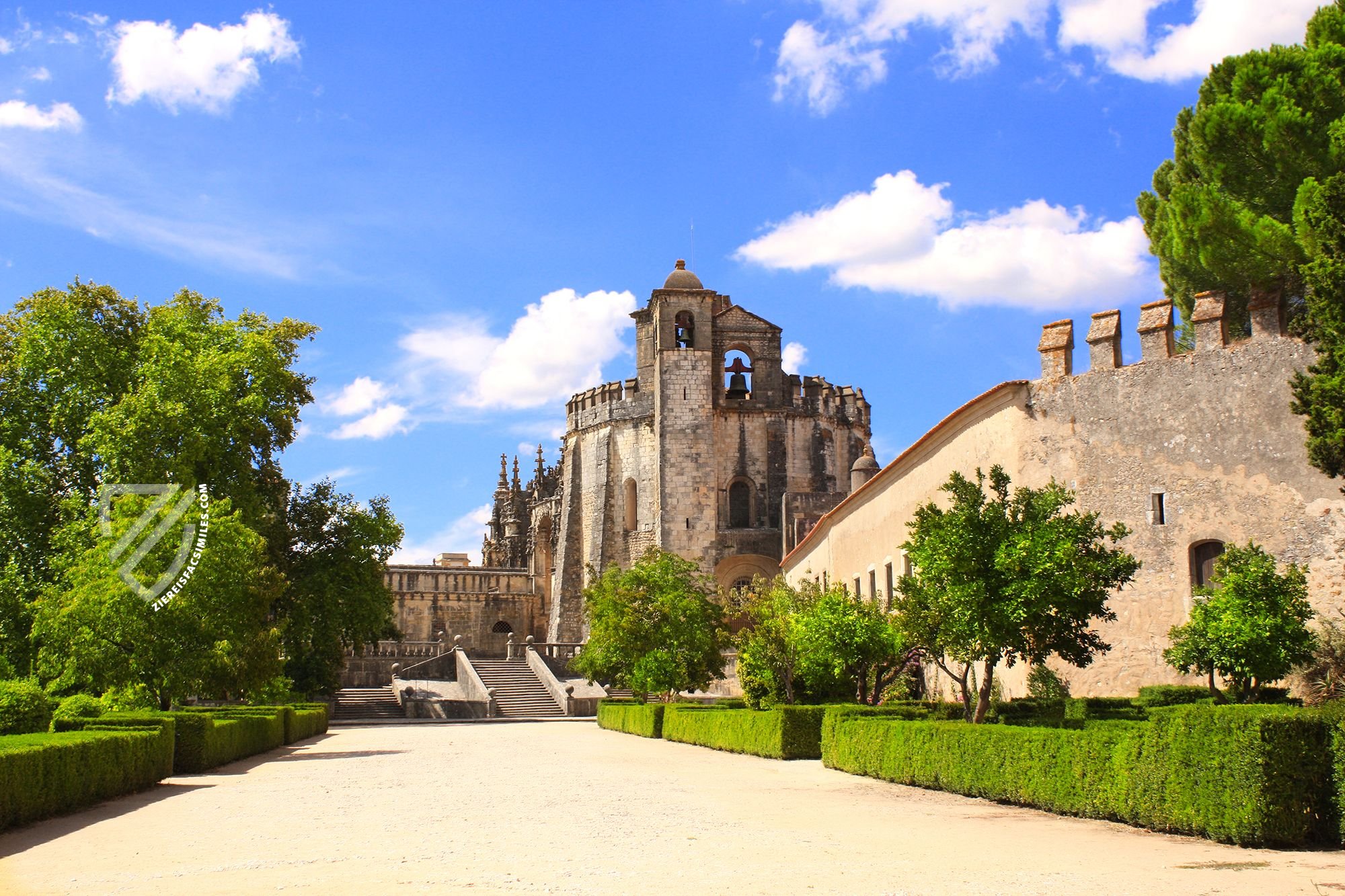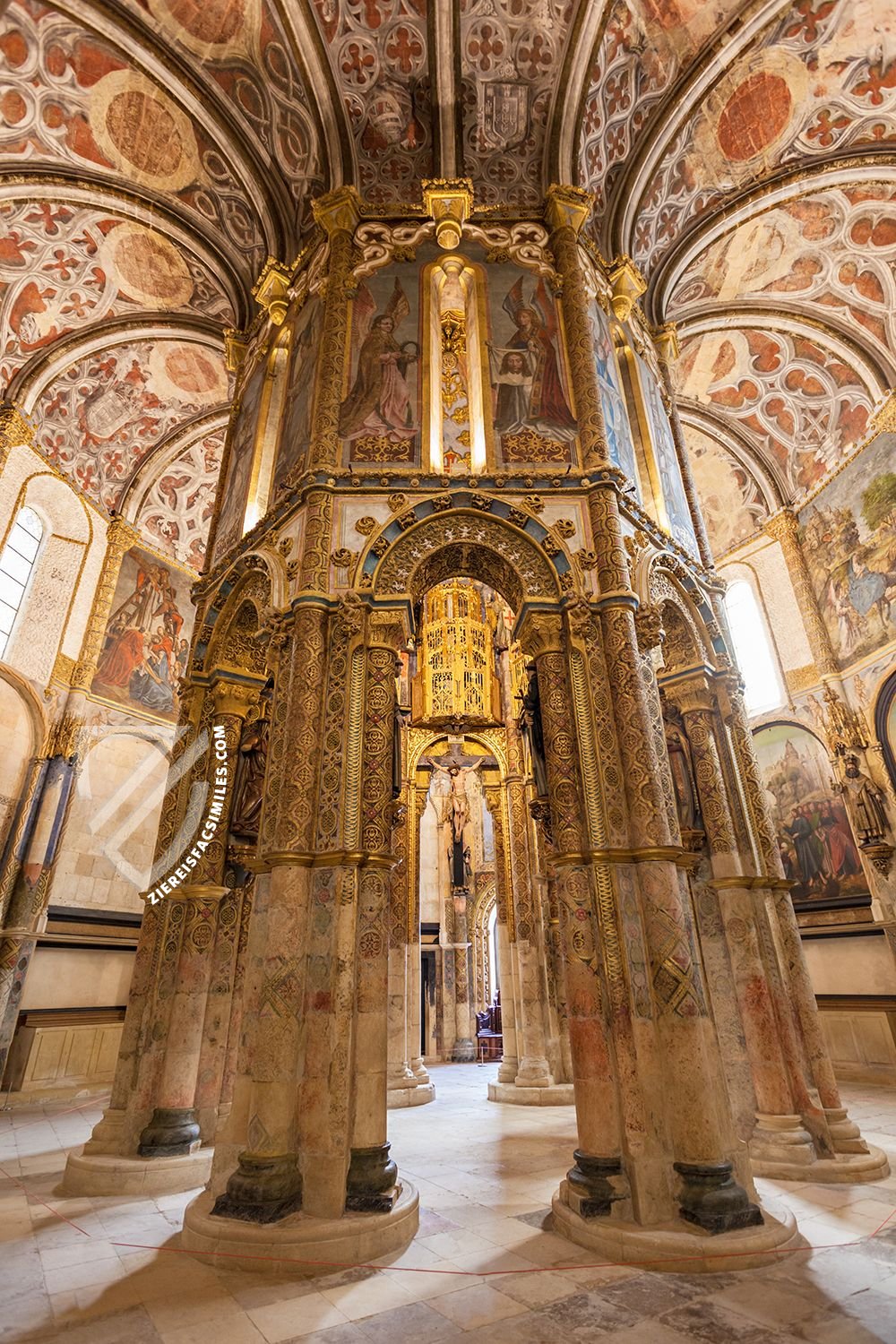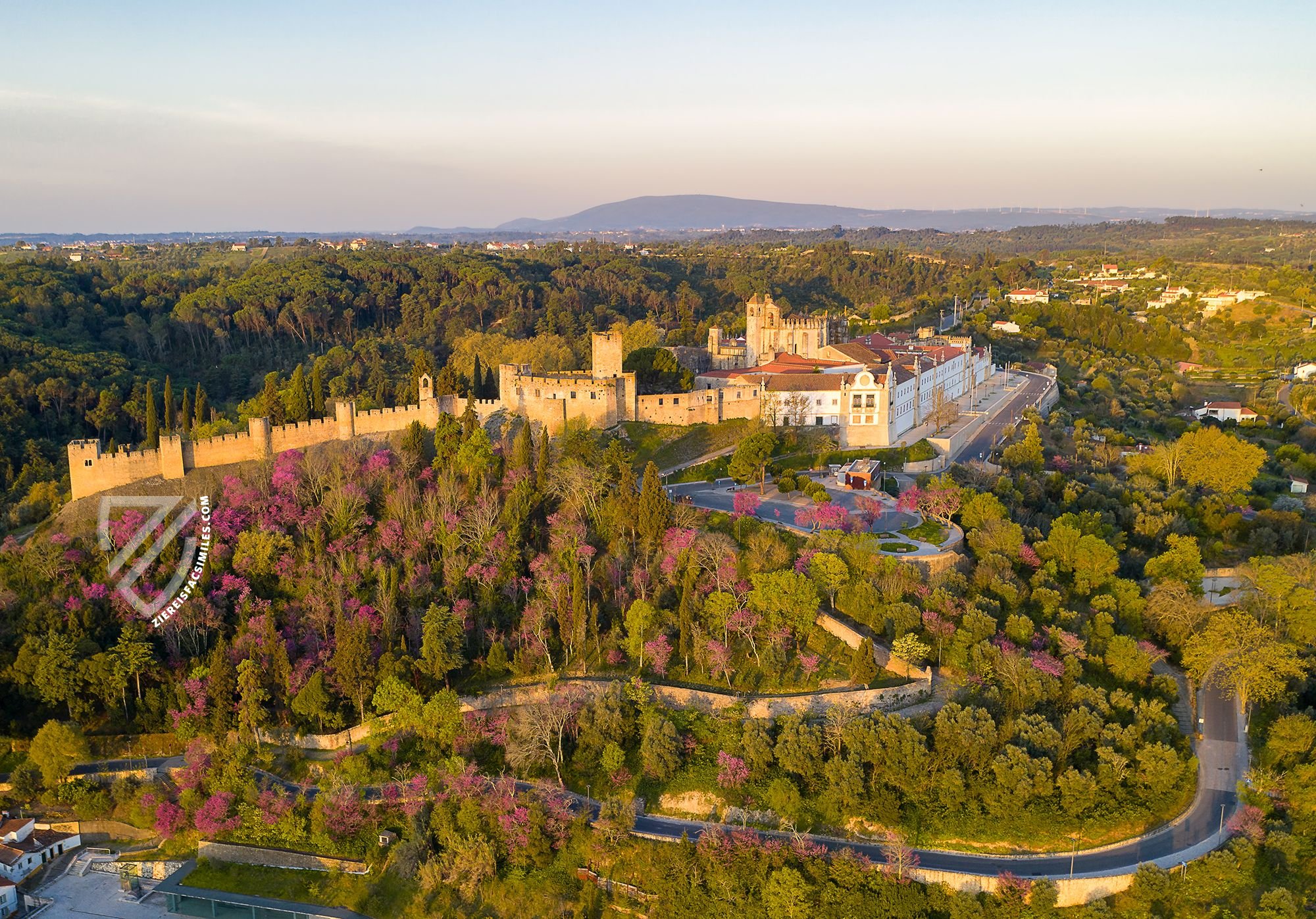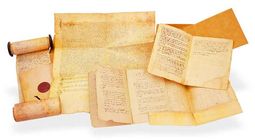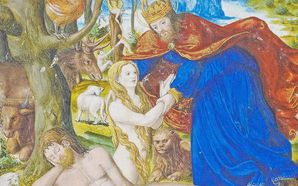THE MYSTERY OF THE KNIGHTS TEMPLAR: THE RISE AND FALL OF THE MOST FAMOUS ORDER OF THE MIDDLE AGES

To the facsimile
Numerous myths and legends have grown up around the most famous military order of the Middle Ages, which has shaped our idea of the Crusades like no other. Countless books, films and video games bear witness to the great fascination that still emanates from the legendary stories about the Templars. These mostly revolve around the mysterious end of the order and the so-called Treasure of the Templars, which they supposedly hid before their demise. It is associated not only with valuable relics and mysterious documents, but especially with the Holy Grail, which the Knights Templar are said to have been responsible for protecting. What exactly the mythical Grail is and where it was hidden has occupied literati and adventurers since the Middle Ages.
But even beyond the legends, the famous brotherhood is a captivating part of medieval history – after all, it was one of the richest and most influential military orders of the time of the Crusades. At the height of their power, the Knights Templar numbered nearly 20,000 members and controlled hundreds of castles and other estates before the French King Philip IV's conspiracy led to their spectacular fall. Read here how this happened, what characterized the Templars, and what role they played in the Crusades!

Experience more
A Medieval 'AAA' for Pilgrims and the First 'Global Player' in Financial History
When Pope Urban II called for the First Crusade to the Holy Land in Clermont in 1095 with the words "God wills it!", the history of the Middle Ages in Europe took a new turn. The Crusade ended in 1099 with the capture of Jerusalem by the Crusaders. The new Christian kingdom attracted masses of pilgrims and adventurers, but their journey was fraught with danger due to bandits and wild animals, costing the lives of many.
Around 1119, nine impoverished knights, mostly French, decided to found an order to protect the pilgrims in the Holy Land. They called themselves the "Pauperes commilitones Christi templique Salomonici Hierosalemitanis", i.e. the "Poor Knighthood of Christ and of the Temple of Solomon at Jerusalem", from which the usual, shorter names are derived. Among the founding members were Hugues de Payens, Lord of Montigny-Lagesse and first Grand Master of the Knights Templar, Godfrey de Saint-Omer, a Flemish knight and Hugues' deputy, and André de Montbard, who belonged to the high nobility of Burgundy and was an uncle of Saint Bernard of Clairvaux, who was a major ideological proponent of the First Crusade. André later rose to become the fifth Grand Master of the Order.
To you has become in truth the special task, as it were your duty, to lay down your souls for your brethren, as Jesus Christ did, and to defend the land against the unbelieving pagans, who are enemies of the Son of the Virgin Mary. (Templar Rule 56)
Over time, this impoverished 'rescue squad' of nine knights developed into an elite, paramilitary unit that would become one of the richest and most powerful military orders of the Middle Ages.
The Templars: Swashbucklers and Monks, Networkers and Bankers
The influence of the Knights Templar was most evident during the Crusades in the Holy Land. The friars were exceedingly well trained and fought with religious zeal and without fear of death, so that the presence of even a small number of Templars on a battlefield could be enough to boost a crusader army, raise the motivation of the other soldiers, and ultimately influence the outcome of an encounter.
The real power of the Templars, however, derived from their impressive network of over 1,000 commanderies and fortifications, which they maintained from the Holy Land to the Iberian Peninsula to Scotland, thanks to extensive donations. This network of branches was the basis for the Order's international banking system, which was decisive for the success of the Crusades – the Templars used it to provide financial and logistical support to the individual knights, the kings involved and the Pope. They invented the traveler's check, ensured that monetary resources were accessible everywhere, raised ransoms, and made loans. Since this was the most important and time-consuming activity of the Order, it is hardly surprising that a large part of its members was active in precisely this sector and, in fact, only about 10% of the Templars went into battles as knights.
Warriors or Monks? Both!
The daily life of the Knights Templar was strictly regulated. From the beginning, prohibitions, duties and rules were laid down in the so-called Latin Rule, for which Bernard of Clairvaux was largely responsible. Based on the rules of St. Augustine and St. Benedict and thus the monastic ideals of poverty, chastity and obedience, it covers everything from dress and equipment regulations to the hierarchy of the order and the election of the Grand Master to punishments for violations, thus describing the ideal behavior of a Knight Templar.

To the facsimile

To the facsimile

To the facsimile
The larger the order became, the more complicated its internal structure and organization became. Four 'estates' emerged, within and between which complex hierarchies defined the ranks: chaplains (clergy), knights (nobles), serving brothers and squires.
The brethren should not wear too abundant hair or excessively long clothes. For those who serve the highest Creator must necessarily be pure inwardly and outwardly according to the testimony of God Himself, who said, "Be pure because I am pure." (Templar Rule 22)
Accordingly, there were also dress codes for each 'estate': thus, only the knights and high chaplains were allowed to wear the famous white cloak with the red cross pattée, while most Templars went in plain brown or black garb. In addition, the rule prescribed, for example, the material of clothing (only sheep's wool was allowed in winter) and required that all clothing always fit and that old garments be distributed to the poor.

To the facsimile

To the facsimile
Other regulations prohibited all Templars from hunting - unless it was to kill a lion. They were also not allowed to be godparents, not to beat their squires, and not to eat meat more than three times a week. On the other hand, they were obliged to observe prayer times, to pray for dead brothers and to take care of sick members. The admission of sisters to the order was explicitly forbidden, and thus no Templar was allowed to kiss any woman, even a relative. Thus, celibacy applied to all. The order thus united the dualism of chivalry and monasticism, which is also reflected in its seal, which shows two knights on a horse.

Experience more
The Mystery Begins: The Fall of the Knights Templar
The ascetic, strictly regulated lifestyle of the Templars and their economic skills were rewarded with success and prestige, even admiration, until the end of the 13th century. In 1291, however, even the last territories of the Crusaders were lost to the Mamluks, whereupon the Templars were also gradually expelled from the Holy Land. Thus, the friars found themselves more or less without a mission in Europe and ultimately became victims of a conspiracy by the French king. Philip IV had immense debts to the Order, which controlled practically all the financial operations of the Crown, and was looking for a solution to this problem.

To the facsimile
To get rid of the Templars and his debts, he had serious heresy accusations (such as the worship of Baphomet or the spitting on the crucifix allegedly required at initiation) scattered against the friars and incited the Pope against 'his' order – the Templars were directly subordinate to him. As a result, on 'Black Friday', October 13, 1307, in a concerted action, many of the most important members of the Order were arrested in France and subsequently tortured to force confessions out of them. Some of these are documented in several surviving scrolls that the Trial Against the Templars gathers. The most famous document is certainly the legendary Chinon Parchment, which includes interrogation protocols of high-ranking members of the order, including that of the last Grand Master of the Templars Jacques de Molay. The document also proves that despite their 'confessions', the friars were actually granted religious absolution by the papal commission.

To the facsimile

To the facsimile

To the facsimile

To the facsimile

To the facsimile

To the facsimile
However, this was not to change the fact that they ultimately fell victim to secular might: Philip IV had those arrested burned and all their property confiscated – so he not only saved himself the repayment of his debts, but even made a considerable profit on his plot. The whole thing was condoned by Pope Clement V, who as the first pope in Avignon was under the direct influence of the French king. Accordingly, Jacques de Molay, praying at the stake, prophesied imminent death not only to Philip but also to Clement:
God knows who is wrong and has sinned. Soon misfortune will befall those who have condemned us to death.

To the facsimile
As is well known, the pope was dead less than a month later. And also the king died eight months later in a riding accident. His male line was already extinct in 1328. Another piece of the mosaic around the mystery of the Templars.
However, their persecution was not limited to France, but also reached out to large parts of the Iberian Peninsula, where the order also had many possessions and branches. In the name of the Pope, they were investigated, interrogated and tortured for years, as the collection of documents Secretum Templi II comprehensively demonstrates. The Spanish Knights Templar, however, got off more lightly than their French brothers: at the Council of Tarragona in November 1312, they were granted absolution. Nevertheless, Clement V dissolved the order in the same year, whereupon most of its assets and members passed to the Order of Saint John and other orders.
The mystery of the Knights Templar has fascinated people for centuries. Did they protect with the Holy Grail (Sang réal – 'royal blood') the 'true' king of France in the person of a descendant of Jesus and Mary Magdalene? Why did such a well-connected organization not get to know about the extensive arrest preparations? Why did these 'elite soldiers of Christ' allow themselves to be arrested without resistance? Did some Templars manage to escape to England and does the order live on today as a secret society? Can answers to all these questions be found in the extensive interrogation protocols? The history of the Templars ended in 1312, but their mystery lives on...

Experience more






